In the design of humanoid robots, precise control of action posture is the key to achieving efficient and safe walking. Especially at night indoors and in complex fields, the robot's walking not only needs to be steady but also careful. Multi-modal fusion sensing system, as one of the key technologies for humanoid robot attitude control, greatly improves the performance of the robot, enabling it to work safely and effectively in complex and changing environments. With the continuous progress of technology, multi-modal perception system will play an increasingly important role in future humanoid robots.
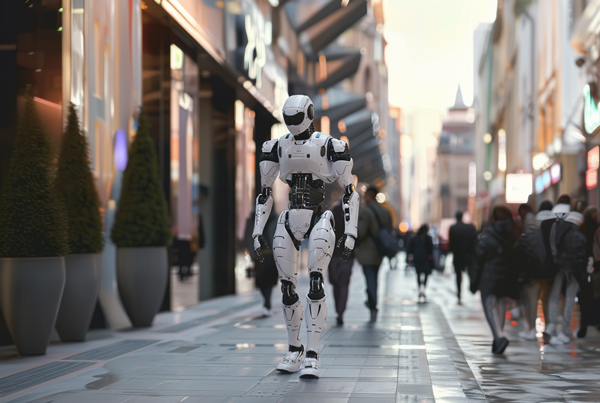
Establishment of multi-modal perception system
The multi-modal perception system for humanoid robots needs to combine multiple ‘senses’ such as vision, hearing, smell, touch, material perception, pressure perception, etc., so as to enable them to obtain three-dimensional and comprehensive environmental awareness. This system, combined with AI algorithms, rapidly processes massive data from sensors to form the robot's ‘intuition’, enabling the robot to make scientific and reasonable decisions about its walking posture in an instant to adapt to a variety of environments, and to remain robust and flexible in complex and changing situations, whether it's avoiding obstacles or planning the best path, all of which it can easily handle. It can easily cope with both obstacle avoidance and planning the optimal path.
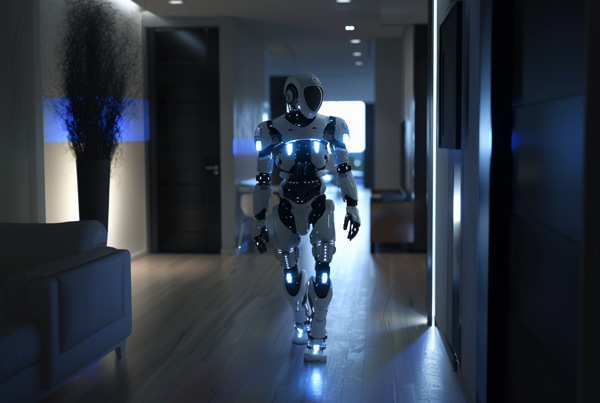
The ‘magic’ of walking indoors at night: ultrasonic material recognition technology
Imagine a scenario where a humanoid robot is performing security tasks in an indoor environment at night. As the room may be covered with different flooring materials, such as wood, tile or carpet, the robot needs to be able to recognize these materials to avoid damage. If it is fitted with ultrasonic material recognition sensors on its feet, it will be able to quickly and accurately recognize the floor material using echo detection technology. Combined with the robot's host algorithms, the humanoid robot is able to establish a multi-modal parallel walking system, whether it is walking lightly indoors or stepping steadily through the rugged mountains and seas of the wilderness.
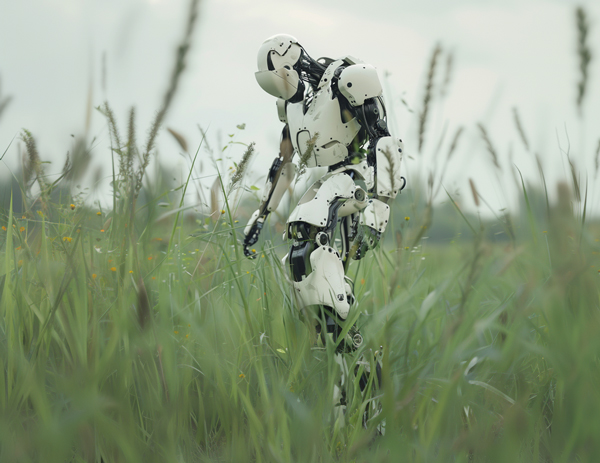
Next, let's broaden our view to more complex terrain. Imagine a robot travelling across sand or ice, surfaces so different from hard concrete that a human could easily lose balance while walking on them. But humanoid robots, as productive assistants to humans, must be designed to overcome these challenges. Ultrasonic material recognition sensors play a crucial role in these special environments. When the robot's feet land on sand or ice, the sensor immediately transmits the information to the central control system, and the robot then intelligently adjusts the torque of the joints according to the characteristics of the ground material, cleverly maintaining the balance of the body. In this way, whether assisting humans or working with animals, the robot can safely traverse places that are difficult to walk on, demonstrating its true value as an intelligent partner.
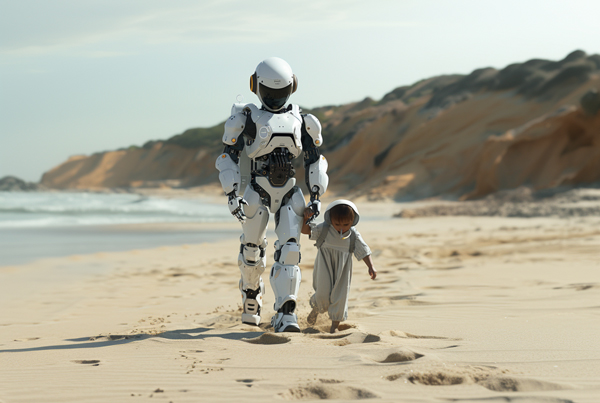
Intelligence Underfoot: Flexible Pressure Sensing Technology
In outdoor adventures, humanoid robots may need to independently or assist humans in traversing special terrain such as forests and wetlands. The ground conditions in the wild are complex and variable, and it is difficult to accurately judge the ground conditions by visual perception alone. For example, installing flexible pressure sensors on the soles of the robot's feet will enable it to accurately detect the pressure on the soles of the feet and thus judge the softness of the ground. When the robot encounters swampy ground, the flexible pressure sensor can immediately recognize the abnormality and alert the human companion to avoid potential danger through an early warning system.
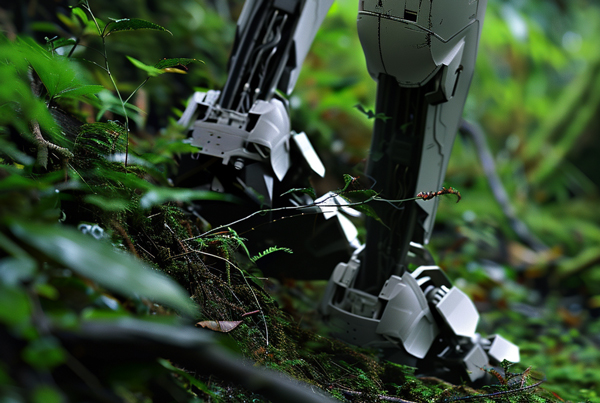
Turning for a moment to the real-life mimicry experiment, five flexible pressure sensors were mounted on the soles of the experimenter's feet. As the experimenter walked, the subtle force changes of each step were captured by these sensors. As shown in the resulting printout, you can see the pressure exerted on each area of the foot from heel to toe. Imagine, such as in the humanoid robot's feet on the sole plate installation of this flexible pressure sensor, then the robot will be able to sense the pressure distribution of each area of the soles of the feet at any time, it can be unprecedentedly detailed degree of awareness of the ground every contact, combined with ultrasonic material recognition technology, the robot will be able to more accurately adjust their own walking posture, whether it is in the hard marble, or in the soft beach, it can be comfortable and at ease.
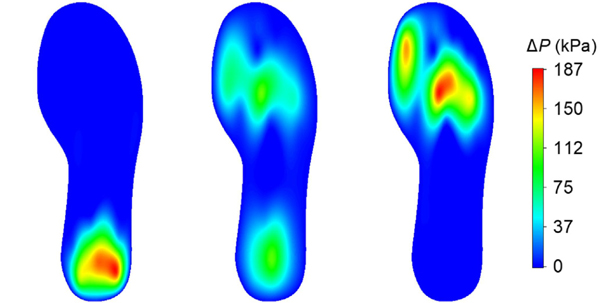










 Focus on us
Focus on us